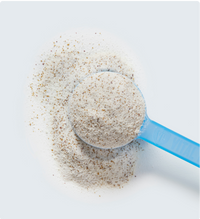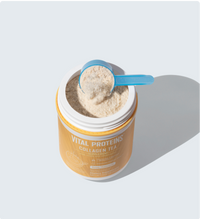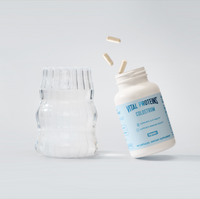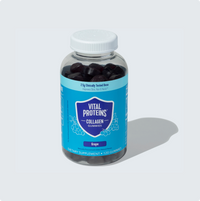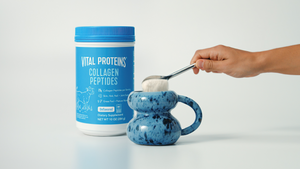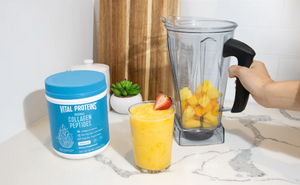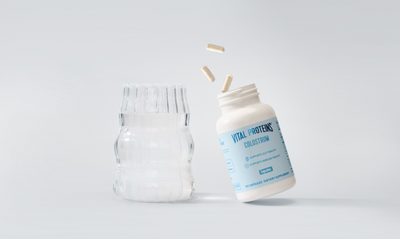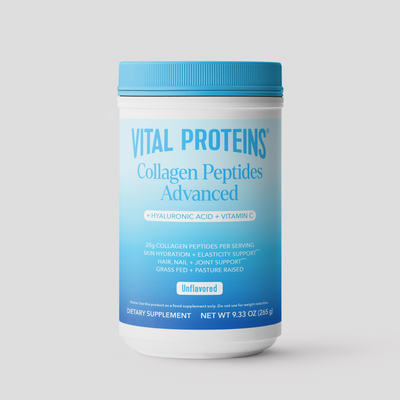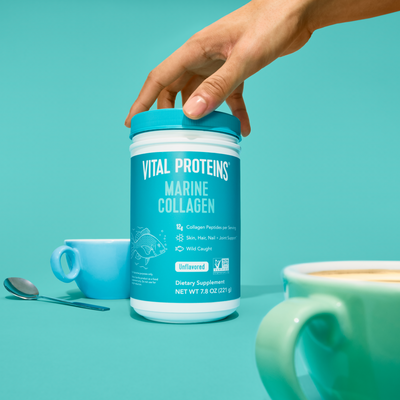Tom Smurr is a member of Vital Proteins Customer Advocate Team. In this weekly blog series, Tom (@triathletetommy on Instagram!) offers an inside look at his journey to the paratriathlon.
My world of adapted sports has taken me places. Since birth I have used prosthetic legs and wheelchairs to mobilize due to a rare disability called proximal femoral focal deficiency. My stamina in walking was never great due to my hip strength. Luckily, I had many adapted sports to pick from to satisfy my competitive mind! Wheelchair basketball got me through college on a scholarship, took me around the world, and introduced me to my occupation as a registered dietitian. When over 16 years of basketball left me wanting more, I decided to try other sports.
I wanted to start using my legs and see how far they could take me. I was tired of sports where I was required to sit. I eventually came upon triathlons as this incorporated variety and focused on my core and lower physical strength. It also helped that I met Dr. David Rotter who crafted the best prosthetic leg I’ve ever seen. The idea of a sport that was individually driven and not team driven was also a new challenge. Some obstacles I expected were running for the first time, needing to do more active recovery and stretching, and honing my nutrition.
RELATED: How I Used Collagen to Run on New Legs
Starting a new sport can be overwhelming. That’s why developing goals has pushed me to the next level. My biggest fear was experiencing an injury that would seriously stall my progress. I was going from a sport where I used literally only the top half of my body to a series of leg-focused activities. So most of my goals were core, hips, and legs orientated.

1. Focus on Pacing, Not on Power
Going from basketball to jogging, swimming, and biking felt like a sharp right turn. I kept on initially trying to sprint in workouts. This resulted in me running low on energy and pulling muscles. I decided to exercise more “slow and steady” and found better success. Even the act of long walks has proven to improve my endurance than trying to run all out.
2. Always Try
It can be easy to play the “I’m tired” or “I don’t know what I’m doing” card when it comes to regular exercises. This negative thought can really interfere with training. My para-triathlon training group, Dare2Tri, emphasizes that by simply trying anything, you can better yourself. I can’t explain how this has changed my life, even outside of training! So now, there is never an excuse -- only a learning opportunity. Nose a little stuffed? I’ll still swim, but I’ll just focus on breathing differently. A little rainy outside? Sounds like a chance to work out on a wet ground while focusing on footing.
RELATED: How Vital Proteins Can Help You on Your Wellness Journey
3. Rest Days Are Encouraged
Endurance sport has quite a bit of training involved. With a demanding schedule, it can be too easy to fall in a rut. Without giving time for proper nutrition, active stretching, and sleep, I found myself prone to injury and struggling to productively complete drills. I gave myself permission to take a day off, hydrate with more electrolytes and collagen, and spend ample time stretching and rolling out muscles. This became an even more important goal due to the prosthetics I must use and the skin integrity I need to upkeep.
Three goals is a great start. I keep them written down to revisit when I’m feeling like I’ve hit a wall with my progress. The goals are purposely broad considering they apply to the three facets of triathlon differently. I’ve been given an opportunity to use my legs like never before! By taking this direction, I’ll be crossing finish lines all year long.
Photos: @triathletetommy/Instagram

